|
Holovis was given the chance to take a classic dark ride experience and create a loving sequel to the original - only this time in the shape of an indoor coaster. Creative producer Ben Millerman explains how the company transformed the iconic DarKastle at Busch Gardens Williamsburg into the all-new DarKoaster

Tom Anstey | Planet Attractions | 20 May 2023

 DarKoaster is an all-new immersive rollercoaster dark ride experience from Intamin and Holovis Credit: Busch Gardens Williamsburg DarKoaster is an all-new immersive rollercoaster dark ride experience from Intamin and Holovis Credit: Busch Gardens Williamsburg
When Busch Gardens Williamsburg closed its Curse of DarKastle ride in 2017 to make way for a new Howl-O-Scream haunted house, the ride’s future remained uncertain.
A cult-hit among enthusiasts and repeat visitors, the Oceaneering-manufactured attraction told a rich, immersive story where riders entered an abandoned Bavarian castle before being haunted by ghosts and the demonic Mad King Ludwig, who would turn into a werewolf and try to trap them inside.
The ride featured a system capable of pitch, roll, heave, and yaw motions as cars moved through the attraction, programmed to synchronise with the attraction show, which combined theatrical props, in-vehicle audio and special effects with 3D projections to create something not too dissimilar in style from Universal Orlando’s popular Spider-Man dark ride.
Having been in operation for 12 years, many assumed the ride would reopen after the seasonal event, but the space was then used for a Christmas-themed offering and its status was classified as “undetermined”.
The ride was still functional, however due to high maintenance and operating costs, among a number of other factors, the park’s parent company, SeaWorld Entertainment, decided to officially close the ride in 2018.
And that seemed to be the end of the story, until Busch Gardens made a call to experiential design firm Holovis and rollercoaster manufacturer Intamin.
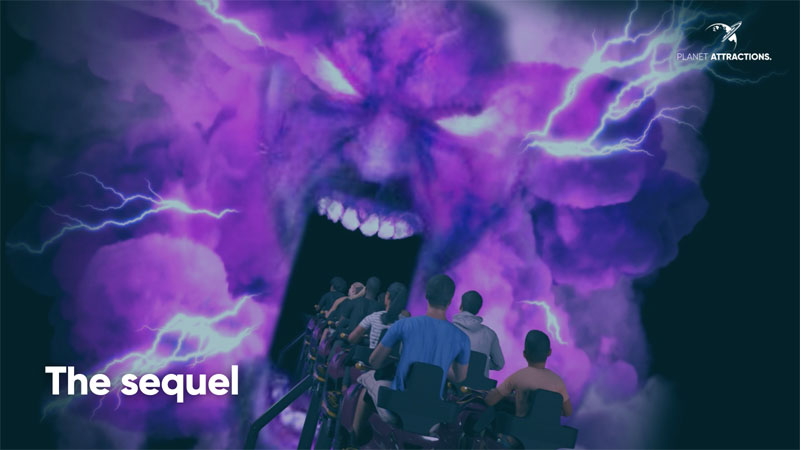
“Busch Gardens knew they wanted to do something with the space,” says Ben Millerman, creative producer at Holovis.
“They knew it was going to be a coaster, but it was looking at how we were going to tell the story.
“The coaster track from Intamin was already designed and signed off before we came onto the project, so everything had to be designed around the track, including our scenic elements and our technology.
“Holovis went through different concepts of the overall narrative and we talked about whether it was going to be connected to the original DarKastle attraction in terms of narrative, storyline and characters or if it was going to be something completely different. Ultimately, they came up with this idea that the narrative would connect to the original attraction in almost a sequel format.”
Dubbed DarKoaster, the new attraction, which opened to the public on May 19, brings back the supernatural twist to the Busch Gardens’ German-themed area and can operate year-round thanks to being an indoor ride.
Manufactured by Intamin, the straddle-style family launch coaster was plotted out inside the former DarKastle building, with Holovis tasked with bridging the gap and telling not only a story that everyday visitors would enjoy, but also one that paid homage to the original classic.
“The Holovis team flew out to Virginia to visit the park and the space,” says Millerman. “We started with this already existing big beautiful castle facade, some existing queue line from the original attraction and, of course, this coaster from Intamin.
“It was fascinating to see what was still existing, what was not existing and to have a dig around in that show building.
“Our job was to imagine what kind of narrative we could put around those elements to create a new story that would please the diehard fans of the original iconic dark ride. There was a lot of pressure to make sure that we were doing justice to those fans when looking at the evolution of DarKastle to DarKoaster and we also had to develop it so it would be accessible to people that may have never ridden the original.”
Covering 750m (2,454ft), riders mount vehicles resembling snowmobiles. On their journey, they encounter strange weather systems and weird phenomena, where “a supernatural force is imminent as explorers discover that they are evading more than just a raging storm.” As the weather strikes, riders encounter four accelerating launches, which is tied into the story of the reimagined DarKastle.
To build this world, Holovis used used a number of technologies, including BIM models, 3D virtual models, Sketchup and Revit for scenic, tech integration and AV. For audio the company created simulations where they would play different zoned audio and overlap them to check for clashes and timings when guests or ride vehicles were transitioning. This delivered an accurate virtual model of the final guest experience long before the coaster was complete.
“We mocked up the technical elements all into this digital world and went through different simulations to see how that would all play out,” said Millerman. “We did the same with all of the audio and all of the AV, so we went through simulations of all the different audio zones and splitting up the overall score of the attraction and how everything is going to be pieced together.
“From there we went into full-on fabrication production, into install and to where we are today, which is a fully functioning attraction now open to the public.”
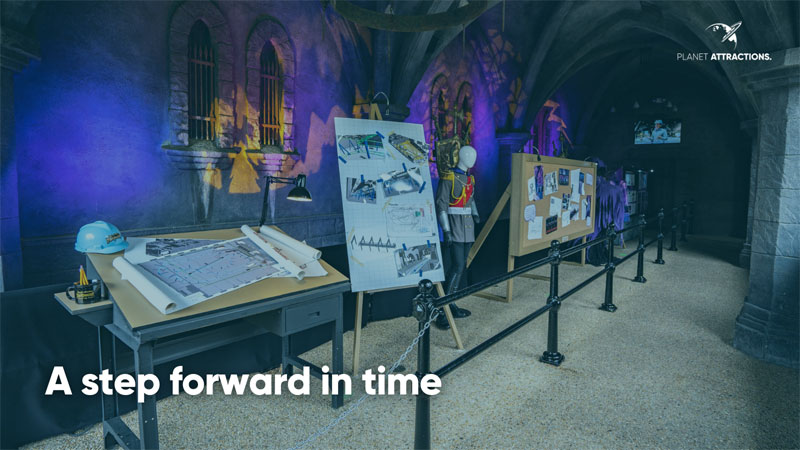
Through the ride experience, Holovis has combined cutting edge AV technology with storytelling and emotion. As the predecessor to DarKastle, DarKoaster had three purposes - to provide a high-intensity thrill ride, to present a sequel attraction and to appeal to a family audience.
“I actually come from a theatre background, so especially for me was asking how do we take the story that we want to convey,” says Millerman. “It’s not just a case of putting a show on a moving vehicle like you would with a dark ride, but a vehicle that's actually propelling incredibly fast, and one that’s going to have peaks and troughs in its speed.”
To modernise the experience, Millerman and the Holovis team considered what could have happened in the DarKastle world since the story of the original ride.
“We came up with the idea that you are urban explorers who have heard these myths and legends about this now abandoned but once prosperous castle,” he says.
“You're still going from the Bavarian village into the castle, but there's all these kinds of warning signs that maybe you shouldn't be there. It's abandoned and and as you're working your way through the castle, there are hints that are telling you not all is as it seems. You're building up this increasing picture. The deeper into the castle you go, the more that it's saying to you, something is going on here.”
To combine a rollercoaster with an immersive dark ride experience, music - composed by Eamonn O’Dwyer - was incredibly important to help convey emotion.
“Throughout this experience the orchestration helps convey when there's a high drama moment when it’s more subdued,” says Millerman. “To assemble the score, we looked at the ride’s speed and we looked at the shape of the track and the directions it was going and we tried to create music that matched that.”
The same thinking also went into the show scenes: “We tried to think about what instinctively makes a ride vehicle turn a certain way? What makes it want to go faster or slow down? We're kind of thinking about the ride vehicle and the coaster linking to human responses and human interaction. If we are veering to the left, maybe something is surprising us or shocking us on the right-hand side. Trying to convey all that in a very quick time was the challenge.”
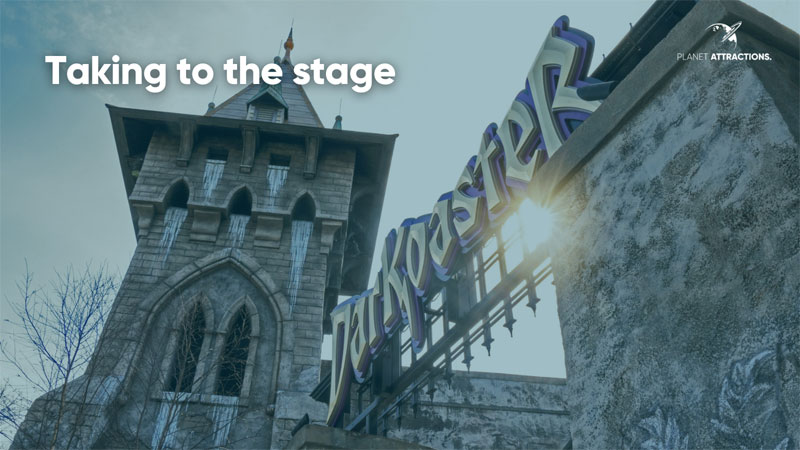
With a theatre background, it’s probably not a surprise that Millerman approaches experiences in a specific way - one that is becoming more and more common as immersion becomes the norm for many new theme park attractions.
“When I visit a theme park, I see it as being theatre,” he explains. “You're surrounded by a set, and it's this story that's unfolding around you.
“People say to me, going from theatre to theme parks is a big difference. I tell them ultimately, no. It's still lighting design, set design, music, actors, although not necessarily live actors. And there are a lot of similarities, theme parks themselves. I see them as being very theatrical spaces where ultimately you're trying to convey a story, but you're just doing it in a very different way. What theme parks offer is the chance to tell these stories and bring these worlds to life in a more three dimensional space.”
So, looking at theatre and attraction, what is the same and what differs?
“For theme parks, it's storytelling but it's in a more immersive way. In a theatre you sit in the seats and it unfolds in front of you and you don't partake. In an immersive attraction or in a theme park or an experience, you play a much more active role in that story. You are in essence a character in that role. With DarKastle we asked what is the guest's role? What is their character in this? It really does bridge that gap.”
The trend for immersive experience is evident with DarKastle, which takes the best of both worlds to turn a rollercoaster into an all-encompassing dark ride.
“I think there is an increased trend in people wanting immersive experiences generally,” says Millerman. “People are more willing to spend money on an experience they deem to be immersive rather than a theatre show. Wake the Tiger in Bristol in the UK is a perfect example. We're seeing a massive increase in immersive experiences, in walk-through attractions, in all sorts of things, because that's what people are wanting more and more these days.”
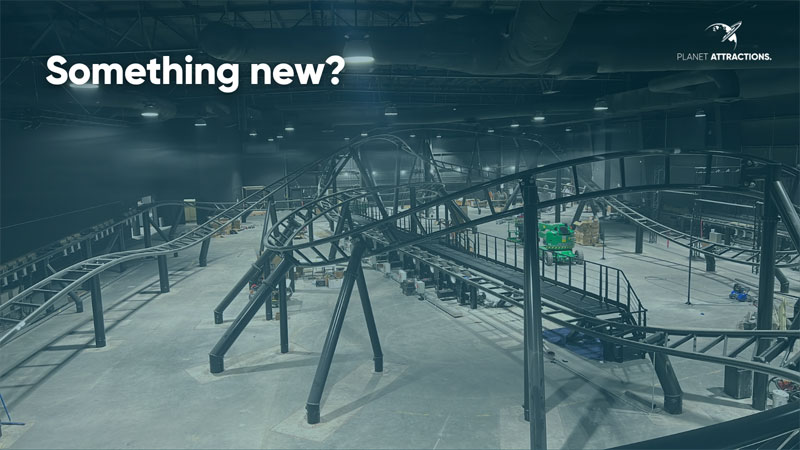
DarKoaster offers an interesting alternative from Busch Gardens’ other offerings and a huge ramp up from the previous DarKastle. Combining Holovis technology with Intamin’s world-class rollercoaster creates a truly unique offering for the park.
“This was a very different project for Busch Gardens,” says Millerman. “We've seen a lot of great rollercoasters and great attractions going to Busch Gardens. But what they were wanting was something that was a little bit different. They were looking for something that was heavy in narrative, show experience and show scenes. They also were wanting something that included bits of technology that maybe isn't necessarily used in the rest of the park.
“They really wanted us to bring all of those elements together - combine the technology with the story - and give something that was quite different to anything that’s currently in the park.”
And through this collaboration, Millerman believes DarKoaster is an incredibly exciting prospect for both Busch Gardens and for its visitors.
“There's been so many different disciplines, so many different individuals and such a mammoth team that have come together to create this project that really it's just one big collaboration all the way through,” he says.
“DarKoaster is a credit to every single person that's been involved at any point in that process. I think it's something incredibly exciting. I hope it's something that the park fans, both of the original attraction and of the new attraction, are going to thoroughly enjoy.”
Theme park
|
|
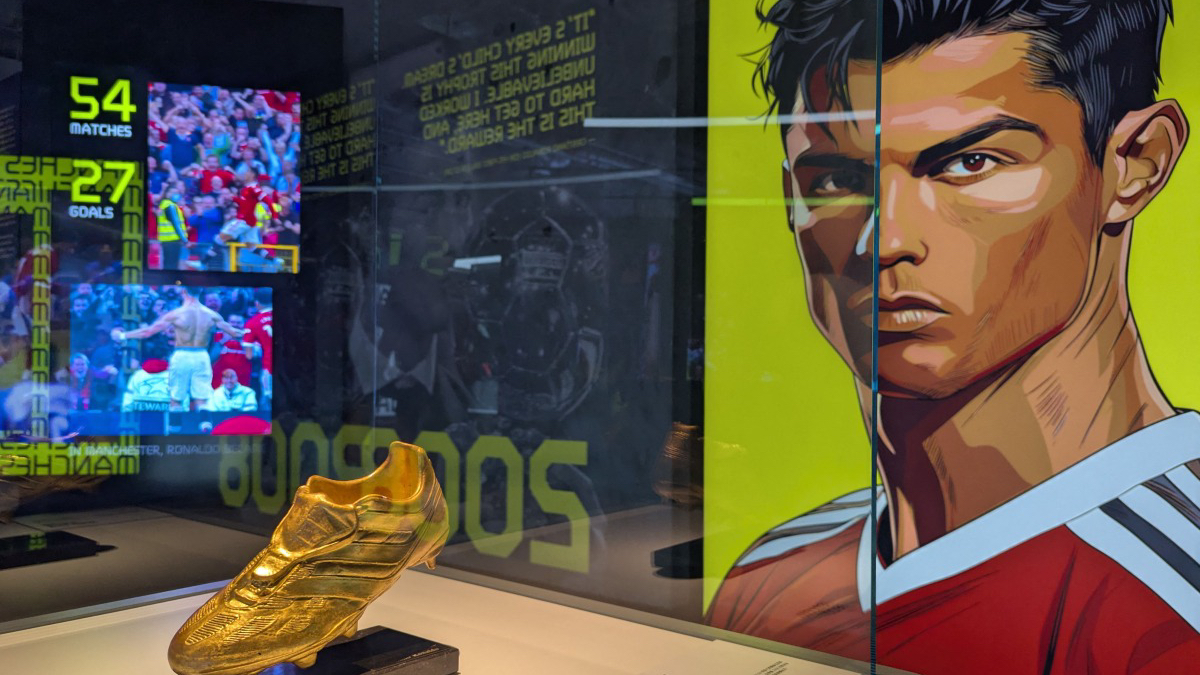
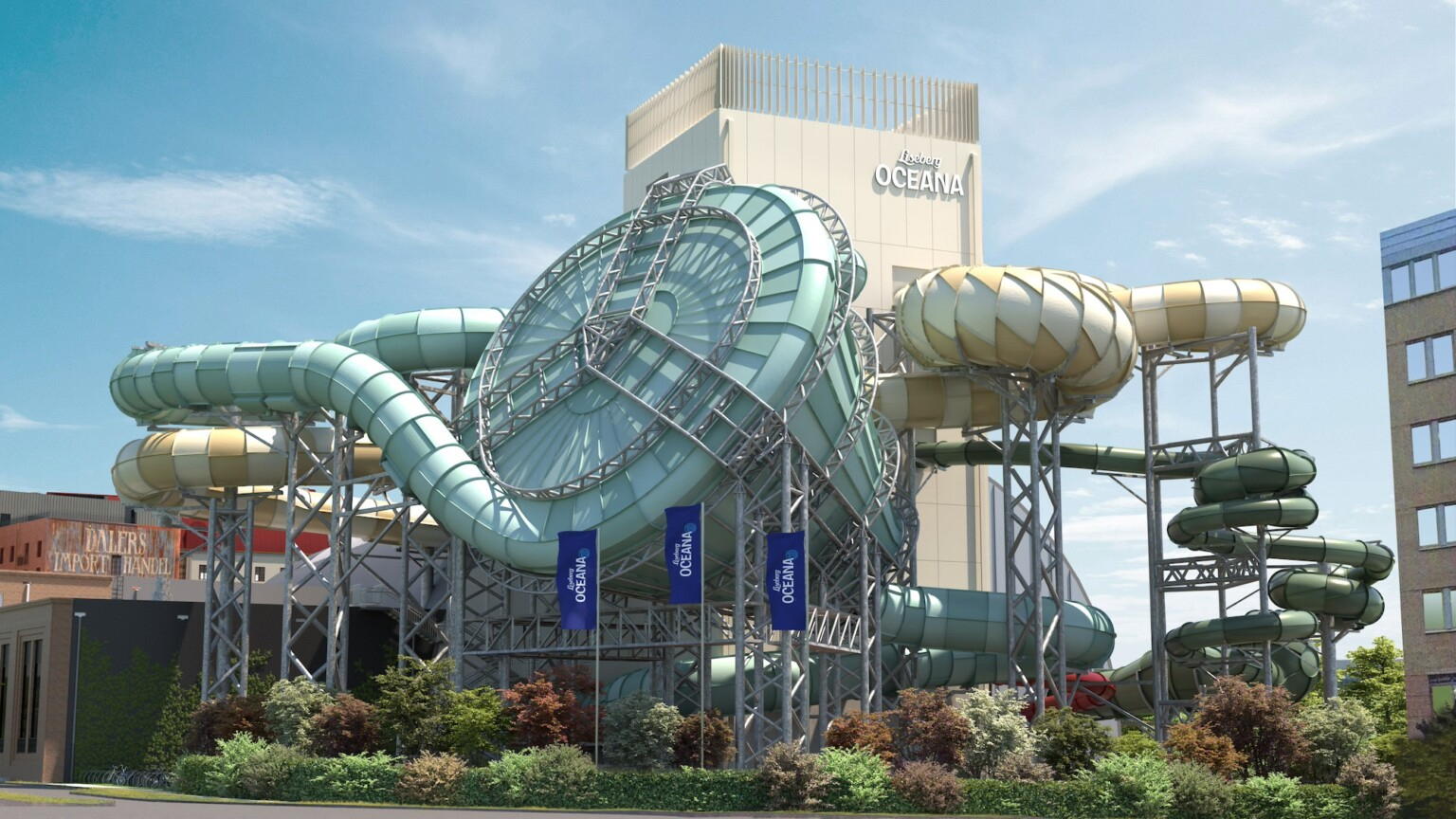
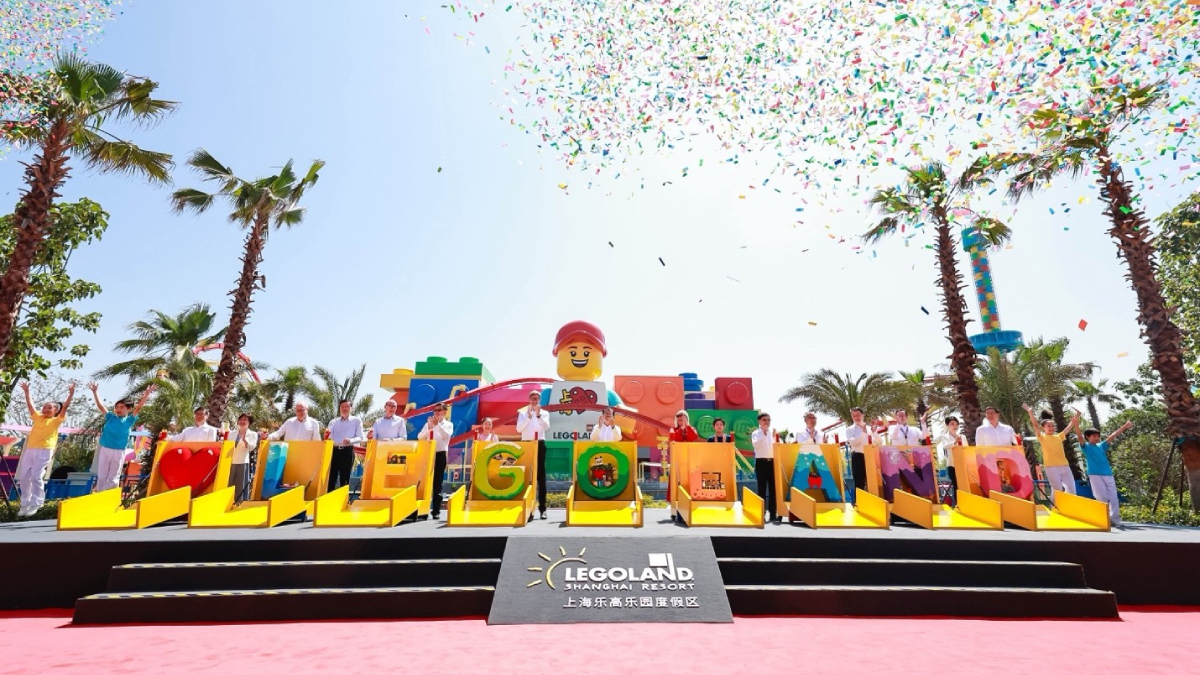
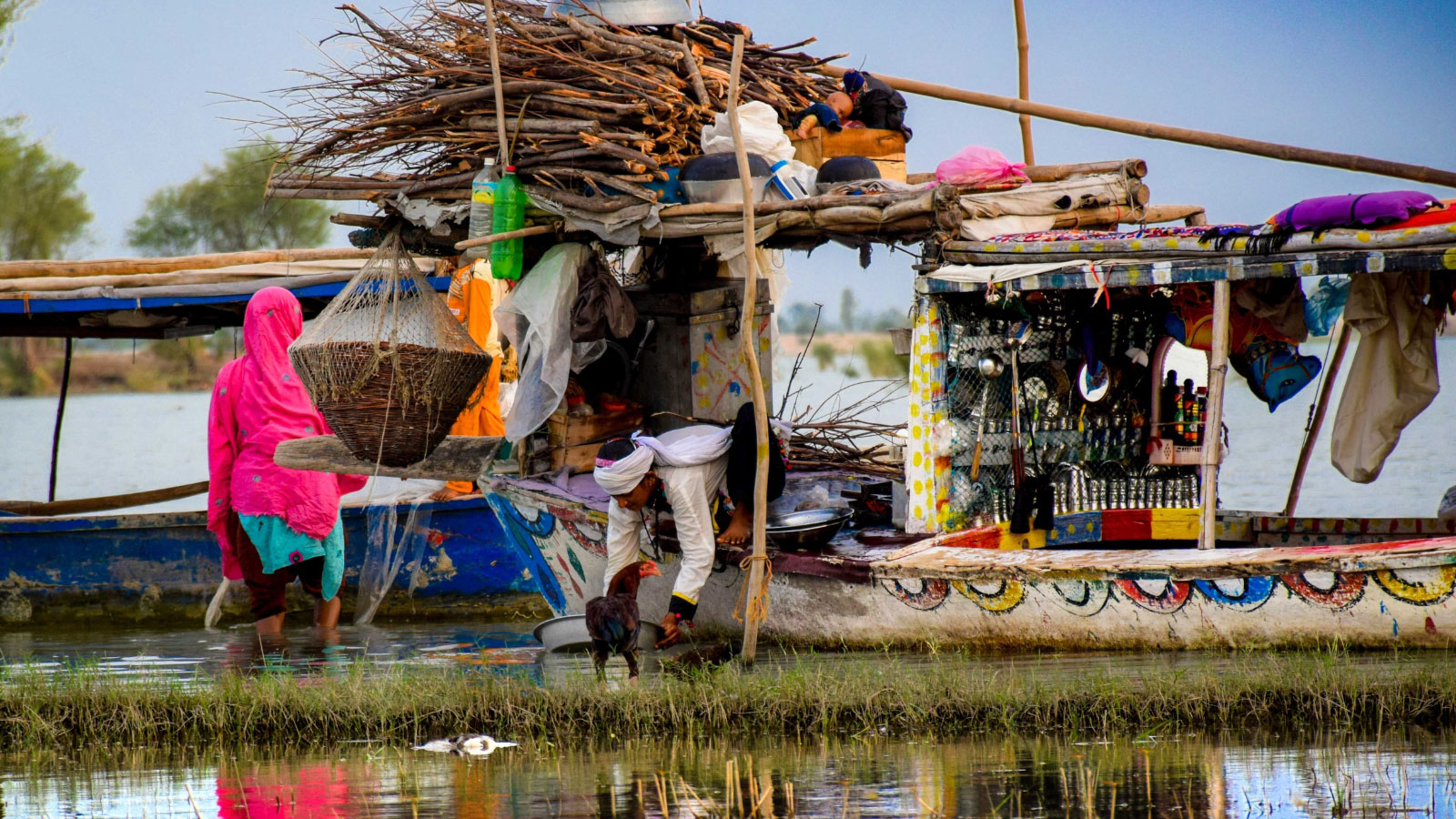
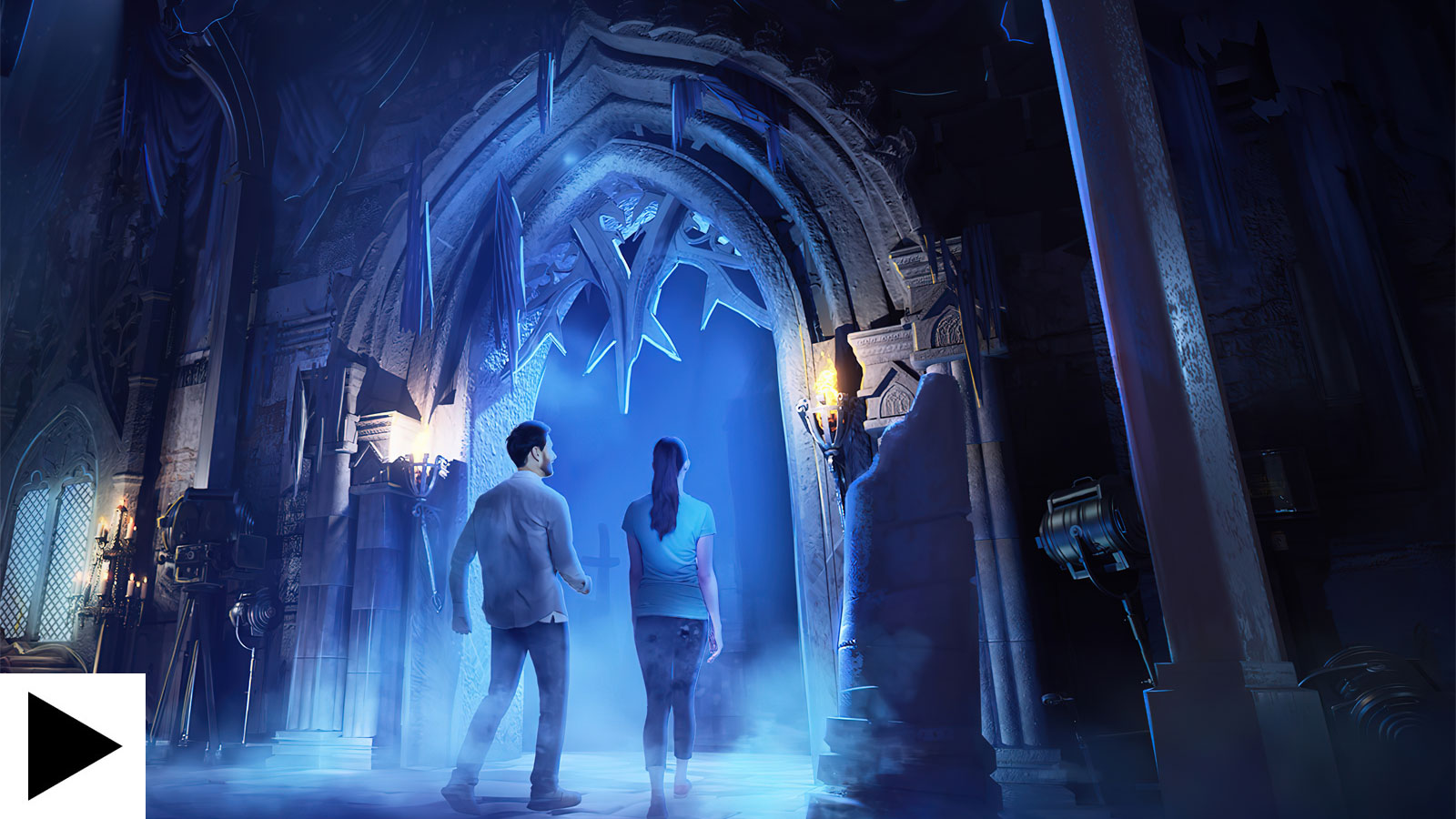
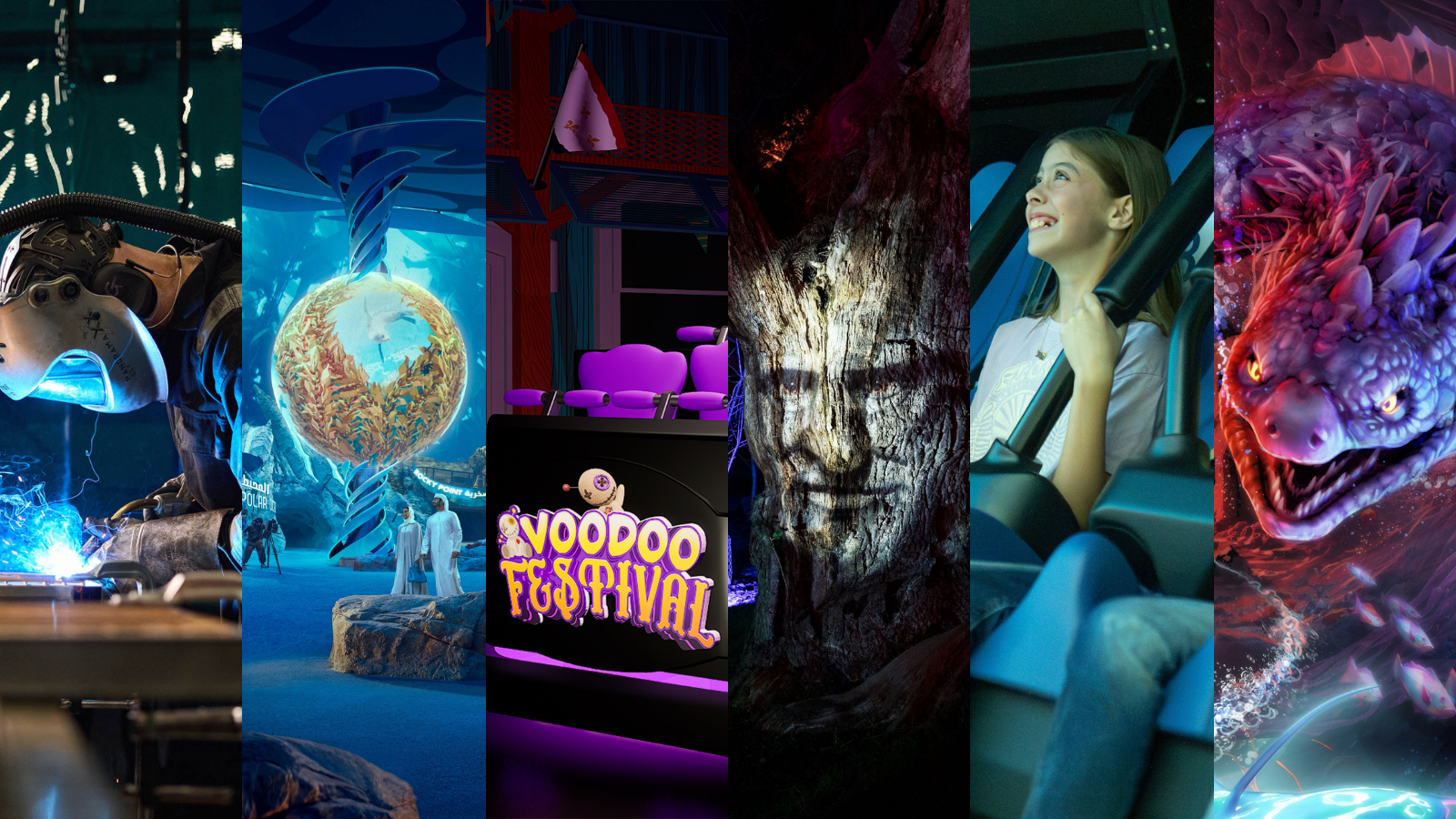
Supplier Showcase 2025: The biggest attractions projects landing worldwide this year
|